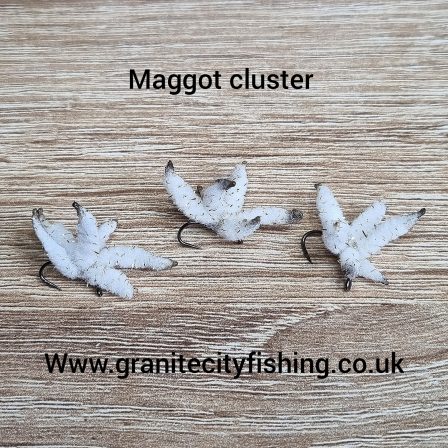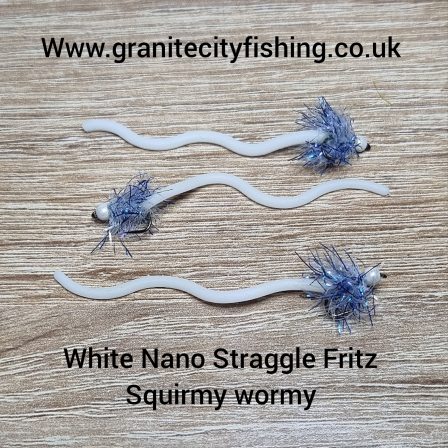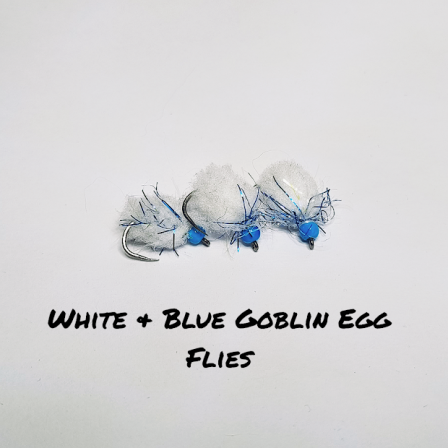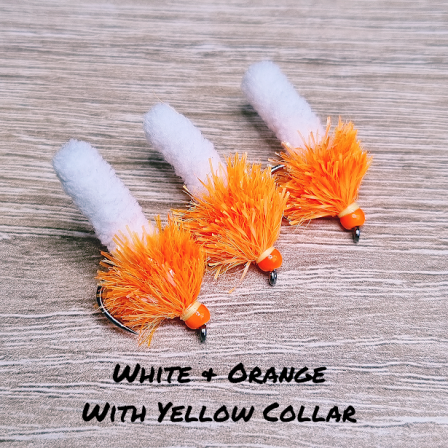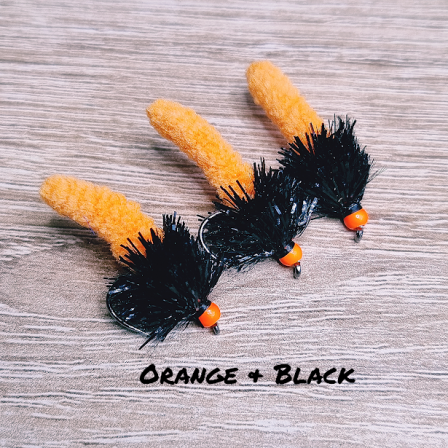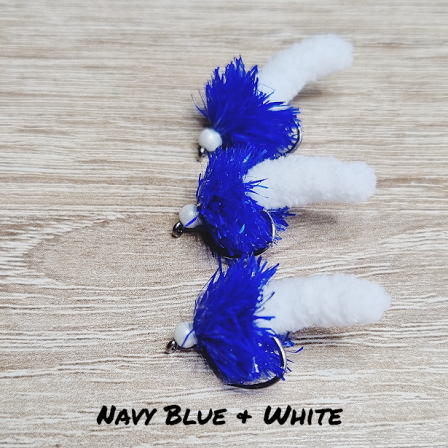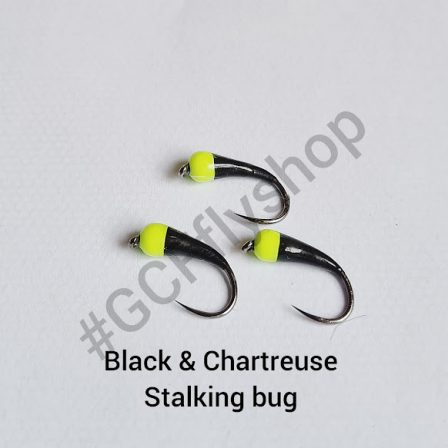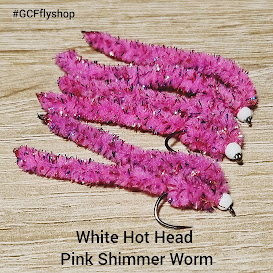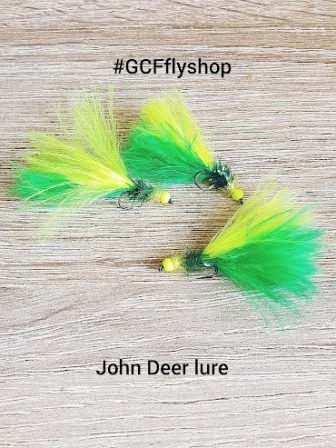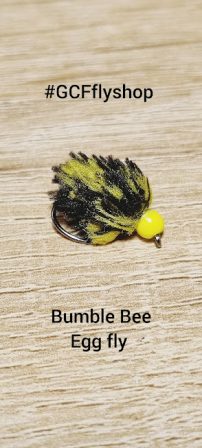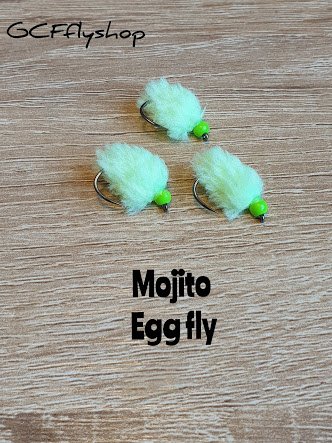Bung fishing is a great way for those of you who have less mobility to enjoy fly fishing again. As you cast a lot less, once you have casted out, you can have a chair with you and sit there holding your rod and watching the bung.
The only way to describe ‘the bung’ is as a float, a strike indicator. It’s designed to suspend a single or team of flies at a certain depth, allowing your fly to fish in the taking zone longer than when using a conventional sinking fly line. As is everything in fly fishing, the bung has its days and is extremely effective and often unmatchable when the fish switch onto it.
There are so many types of bungs/indicators on the market that I am not going to even try to list them, so the best way is to look at what others are using and ask. 99.9% of fly fishermen and women are only too happy to pass on their knowledge. My personal choice is a bung fly; these can be anything from a large dry fly to a big foam fly. Once again, it’s down to personal choice.
It may sound silly, but ensure you have an extremely buoyant indicator that’s capable of suspending your intended flies. There’s nothing worse than finding out your bung sinks under the weight of the flies beneath. The higher the indicator rides on the surface, the more visible it will be.
Have a selection of colours; black, orange, yellow, and white are by far the best, depending on the light. Carrying a range of colours will ensure you’re equipped for varying lighting throughout the day.
This might be a simple one, but don’t cast too far… Keeping sight of the bung is essential to hooking the fish; if you cast too far, you won’t see the subtle takes. Takes can be very gentle, so keep in contact with your bung and watch it like a hawk, as you have to be quick to hook them. When striking, don’t strike hard, as you are more likely to pull the hook out of the trout’s mouth. Just lift into the fish as if you were fishing a dry fly.
One tip I think you all need to know is that when you keep in contact with your bung, you have a far less chance of deep hooking fish, as fishing static can increase this, so the sooner you tighten into the fish, the less chance you have of deep hooking.
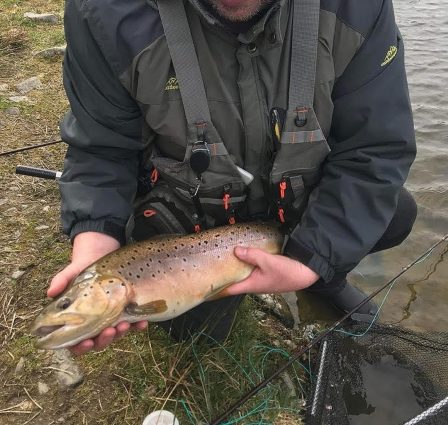
Strike indicators, or bungs, are hard to cast; they aren’t very aerodynamic, so a steeply tapered leader will aid in presentation as well as turnover.
The best flies to fish under the bung? Well, most would say buzzers, but more and more people like myself use any fly, even lures fished static, which are becoming popular and on their day can be deadly, but my personal favourite is the egg fly.
I get asked all the time what depth you are fishing at. This is one of those things you learn over time. But I always start with my dropper at 2ft under the Bug/Indicator (I only ever fish two flies you can fish more if you want) as even in the middle of winter, trout can feed high in the water. As for your point fly, it all depends on the depth of the fishery you are at and how deep the fish are feeding. So my tip is to start with the point fly at the same depth as the length of your rod my rods are all 10 feet so yip you guessed it my point fly is set at 10 feet. Ok, you might be thinking that’s deep but I have had many a day when the fish will only take if your fly if it is sitting on the bottom.
If you get nothing on your point fly after a while just lift it a foot and give it a while longer still getting nothing lift it again and keep lifting until you get takes it might be you only need one fly at the two-foot depth lol
Below is a selection of GCFflies favourite bung flies, all of which are on sale in the website shop.
GCFflies must have bung flies.
